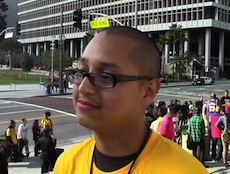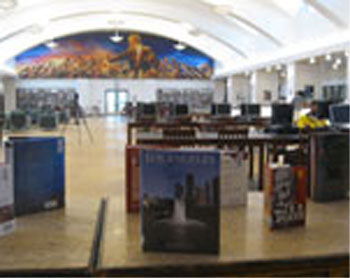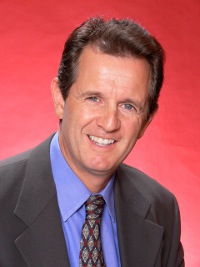This Reporter Corps story published Oct. 13, 2013 recently aired on KCRW as a radio piece produced by Kerstin Kilm and Skylar Endsley Myers. Fast forward to 8:10 to hear Myers talk with her childhood friend Randall about why the two pals ended up taking different paths.
I opened the door to see my best friend from childhood, Randall, chewing on a pen top, facing me in his baggy jeans. We hadn’t seen each other for nearly a decade. As kids our lives seemed like mirror images and we were inseparable skateboarding, biking and playing basketball on our block of South Central Los Angeles. But something changed in middle school. In eighth grade, while I was worrying about which private high school would give me a scholarship, he was getting arrested for the first time.
How was it that my ace homie growing up–the one who I would run the streets with for hours–ended up on the fast track to prison while I sped toward opportunities? [Read more…]












 Los Angeles mayor Antonio Villaraigosa took a tour of the six shiny, state-of-the-art schools at the Robert F Kennedy complex. He wasn’t visiting for any special performance or opening. Instead, he visited to remind the public of education accomplishments during his term. The visit came after his “State of the City"” address last night, when Villaraigosa emphasized his commitment to school reform.
Los Angeles mayor Antonio Villaraigosa took a tour of the six shiny, state-of-the-art schools at the Robert F Kennedy complex. He wasn’t visiting for any special performance or opening. Instead, he visited to remind the public of education accomplishments during his term. The visit came after his “State of the City"” address last night, when Villaraigosa emphasized his commitment to school reform. Los Angeles has some major issues. Traffic is one. The state budget’s another. But unbeknownst to many Angelenos, is the chaos that is the year-round schedule of many schools in the Los Angeles Unified School District.
Los Angeles has some major issues. Traffic is one. The state budget’s another. But unbeknownst to many Angelenos, is the chaos that is the year-round schedule of many schools in the Los Angeles Unified School District. By David Lyell (left), L.A. Unified Teacher
By David Lyell (left), L.A. Unified Teacher.jpg)
 That data, called “value added,” measures how much students’ test scores improve over the year.
That data, called “value added,” measures how much students’ test scores improve over the year.




